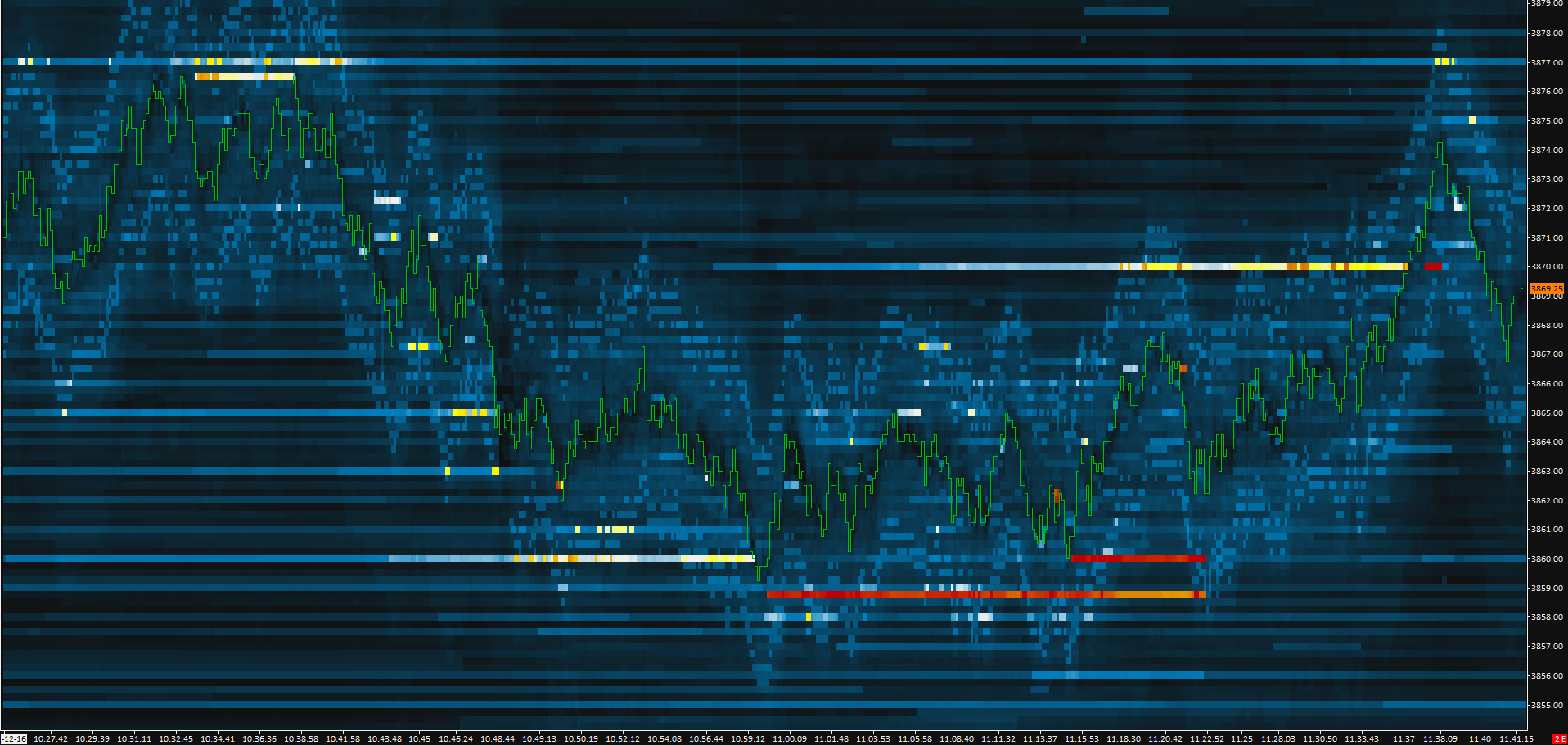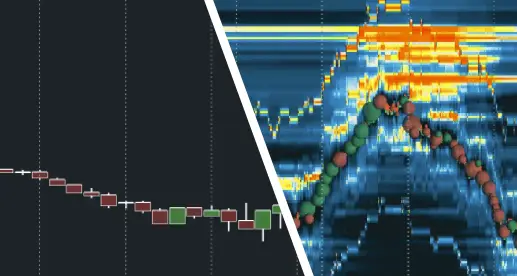
Understanding Bookmap Indicator in Trading
In the fast-paced world of financial markets, traders continuously seek tools and indicators that offer insights and a competitive edge. One such tool that has gained attention is the Bookmap indicator. It aims to provide a visual representation of order book history, showcasing where and when orders were placed, their sizes, and subsequent executions. Advocates of this tool argue that it grants invaluable insights into market dynamics, aiding in making informed trading decisions.

The Challenge of Millisecond Trading
However, a growing skepticism surrounds the effectiveness of the Bookmap indicator, primarily due to the lightning-fast nature of modern high-frequency trading environments. In today’s markets, where trades occur within fractions of a second, the relevance of historical order book data, upon which the Bookmap indicator relies, diminishes significantly. The majority of orders materialize and execute within milliseconds, rendering much of the historical order book data outdated almost instantaneously.
Insights from Market Dynamics Studies
Recent research examining limit orders and their contribution to price discovery in agricultural futures markets sheds light on this issue. For instance, a study analyzing CME corn, soybean, and wheat futures markets from January 2019 to June 2020 reveals intriguing dynamics regarding the behavior of limit orders. It suggests that around 75-79% of limit orders are deleted, with only 25%-28% being executed. Notably, nearly half of these limit orders are deleted within a remarkably short span of 2-5 seconds after placement. (Limit orders and price discovery: Evidence
from agricultural futures markets; downloaded on 12/25/2023 from https://afajof.org/management/viewp.php?n=63476)
The Role of Different Order Types in Price Discovery
Moreover, the study identifies that a substantial portion of limit orders does not contemporaneously affect mid-quote returns. However, aggressive trades and a subset of limit orders are shown to wield more significant influence on price discovery in these agricultural markets. This challenges previous research suggesting the importance of limit orders further down the order book in driving price discovery and underscores their limited immediate impact on price movements.
Implications for Bookmap Indicator and Trading Strategies
In the context of these findings, skepticism surrounding the efficacy of tools like the Bookmap indicator intensifies. The prevalence of rapidly executed or deleted orders challenges the utility of historical order book data for making immediate trading decisions. While the Bookmap indicator might offer insights in specific trading scenarios or less frenetic markets, its relevance in high-frequency trading environments remains questionable.
Conclusion: Navigating the Dynamic Trading Landscape
As financial markets continue to evolve at a rapid pace, the effectiveness of tools like the Bookmap indicator will likely remain a subject of debate. While historical order book data might have relevance in certain contexts, its limitations in capturing real-time market dynamics, especially in high-frequency trading scenarios, suggest a need for traders to adopt a multifaceted approach, incorporating a range of tools and strategies to navigate the ever-changing landscape of financial markets.
How Market Makers Use VPIN to Manage Inventory RiskDay Trading Futures Trading
Main Cause for Anxiety in Traders with ADHD: Ignoring Known Market MechanicsTrading Psychology
Create your own virtual trading floor assistant using audio alerts in Sierra ChartDay Trading Futures Trading
Understanding Risk Management: Introducing the Kelly Criterion Calculator for TradersFutures Trading
Digital Nomad Trader? Embracing Freedom by Traveling Around the World!Futures Trading
Navigating Prop Firm Trading Taxes: A Comprehensive Guide for Independent Contractors in the U.S. and BeyondFutures Trading
Decoding the WTI Crude Oil Crack Spread: Types, Influential Factors, and Trading Strategies in Energy MarketsFutures Trading
Unlocking the Soybean Crush Spread: Understanding, Influencing Factors, and Profitable Trading StrategiesFutures Trading
Unpacking the Efficacy of Bookmap Indicator in Financial Markets: Does Order Book History Really Matter?Day Trading Futures Trading Proprietary Trading
How does ADHD affect traders and what techniques can I use to overcome these effectsTrader Psychology Trading Psychology











0 responses on "Unpacking the Efficacy of Bookmap Indicator in Financial Markets: Does Order Book History Really Matter?"